Results 351 to 360 of 751
-
07-20-2008, 07:00 AM #351
-
07-20-2008, 09:35 PM #352
goods,
I would encourage you to join the Aquatic Cebu Enthusiast, then we will introduce the hobby of bettas.
-
07-23-2008, 01:46 PM #353
Let us support ACE so that we can organize sa show for Bettas before the year ends...
Planning to have categories from HM, CT, PK, DT and VTs... Start breeding your Bettas na for those who are interested...^^
I'am planning to order a pair again this August from Davao so kanang gusto mupaapil, ingna lang ko para mka minus ta sa gasto sa shipment...^^
Thanks...
-
07-23-2008, 08:55 PM #354
-
07-24-2008, 10:35 AM #355
-
07-24-2008, 11:21 AM #356
The Thai Way
By: Betty Splendens
Submitted: 10/3/2003
A typical container used for breeding bettas in the Orient
A large Thai farm boggles the mind with its rows upon rows of betta breeding bowls
The Thai Way
The methods commonly used by large-scale breeders in the Orient are far removed from what we are used to seeing here in the states, but it can be argued that the best bettas in the world are produced there. Because bettas originate in Asia (and are still found in their wild forms in Thailand, Cambodia, and surrounding areas), not much adjusting has to be made to breed them and raise them to maturity. Many breeders pour the betta fry from the containers in which they were bred into large shallow ponds, and all but forget about them until they are large enough to jar. These are ideal conditions for raising bettas, as it provides them the ideal climate and food source in the way of daphnia, mosquito larvae, and other small water invertebrates. The fry swim and grow and feed as food presents itself.
Most of the breeders we interviewed for this article used a spawning container that would utterly scandalize the purists in America who maintain that bettas can only be successfully spawned in a thickly-planted ten gallon tank filled to a depth of 5 inches. The containers are usually only small bowls, and not even necessarily clear. Anything that can hold water suffices. Atison Phumchoosri of Bangkok uses bowls about 12 inches in diameter, and about 3 1/2 inches deep. 'I put [the breeding pair] into the container with my hands, avoiding water from the bottles, because I want the spawning water to be...without debris from the old bottles.' He drops a few leaves on the surface of the water and covers the bowl with a piece of cardboard, and then lets nature take its course. He reports that spawns usually occurs in just a few hours.
Wasan Sattayapun (also of Bangkok) uses a pottery bowl as a breeding container, asserting that it helps maintain a constant temperature for the fry. He keeps the pair together for up to four days, disturbing them only to check for eggs. If no eggs are found by the four-day mark, he chalks the spawn up as a loss and removes both fish into separate containers.
In this way, the pair is virtually left alone to get the job done without distractions, and it obviously works very well. A breeder will check their progress periodically, and as soon as it is evident a spawn has occurred (usually through spotting the eggs in the nest), the female is removed and the male left to tend the nest. He's allowed to fulfill his obligations until the fry are free-swimming, then he is removed by hand and the fry are fed immediately.
The breeding pair is chosen for their health and vitality, and bettas who are in questionable health are rejected. One of the first things Asian breeders look for in selecting their pair is a bubblenest in the jar of the male, and bright colors in the female. They are fed very well prior to spawning, with rich, high-quality foods, so that they are in optimum health and able to withstand the rigors of courtship, as well as the accompanying period of fasting.
The first food of the fry varies from person to person, but most of them shared a common thread - the vast majority use hard-boiled egg yolk as a staple, from as early as the first day of feeding. A tiny amount is either mashed into water and fed a few drops at a time, or crumbled directly into the tank twice a day. Fry grow very quickly on this protein-rich diet, and even the smallest fry can swallow the tiny particles of egg yolk that are dissolving in the water.
Breeders also report using newly-hatching artemia (baby brine shrimp), infusoria, and rotifers. Once the fry are poured into outdoor ponds to finish growing, some breeders leave off feeding the fry altogether, forcing survival of the fittest, as the strongest fry hunt and the weakest eventually die off.
It must be recognized that, in the areas in which these breeders operate, external factors such as temperature and water quality are rarely considerations. American breeders can (and do!) most certainly raise their fry in outdoor ponds in a way comparable to successful Asian breeders, but due to our colders climes it can usually not be done year-round. Differences in temperment and intensity of color have been noticed in bettas raised outdoors and those raised in aquariums.
-
07-24-2008, 12:11 PM #357C.I.A.

- Join Date
- Mar 2007
- Gender

- Posts
- 3,081
very nice read master Roy...
-
07-26-2008, 02:09 PM #358
-
07-26-2008, 07:36 PM #359
-
07-28-2008, 11:23 AM #360
Update Pics:
F2 breeding at 3 months... Butterfly Halfmoon Reds (Siblings of the Super Delta male I'am selling!!!)
Male (Butterfly Halfmoon caudal of 180 degrees):
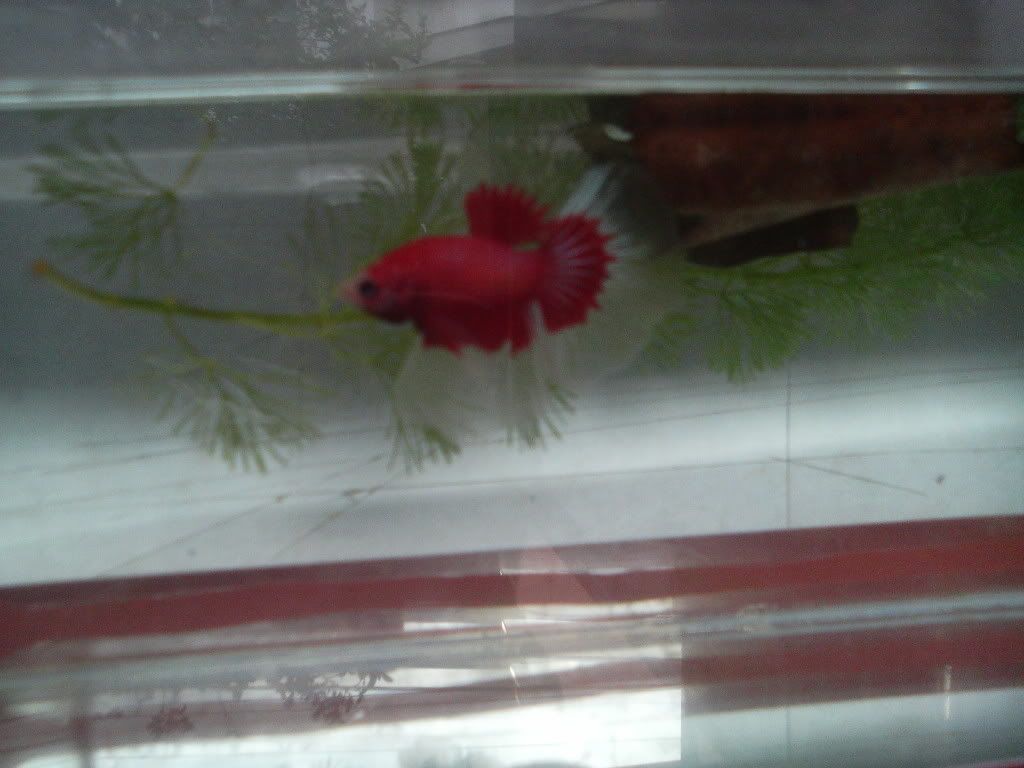
Female (gorgeous halfmoon female!):
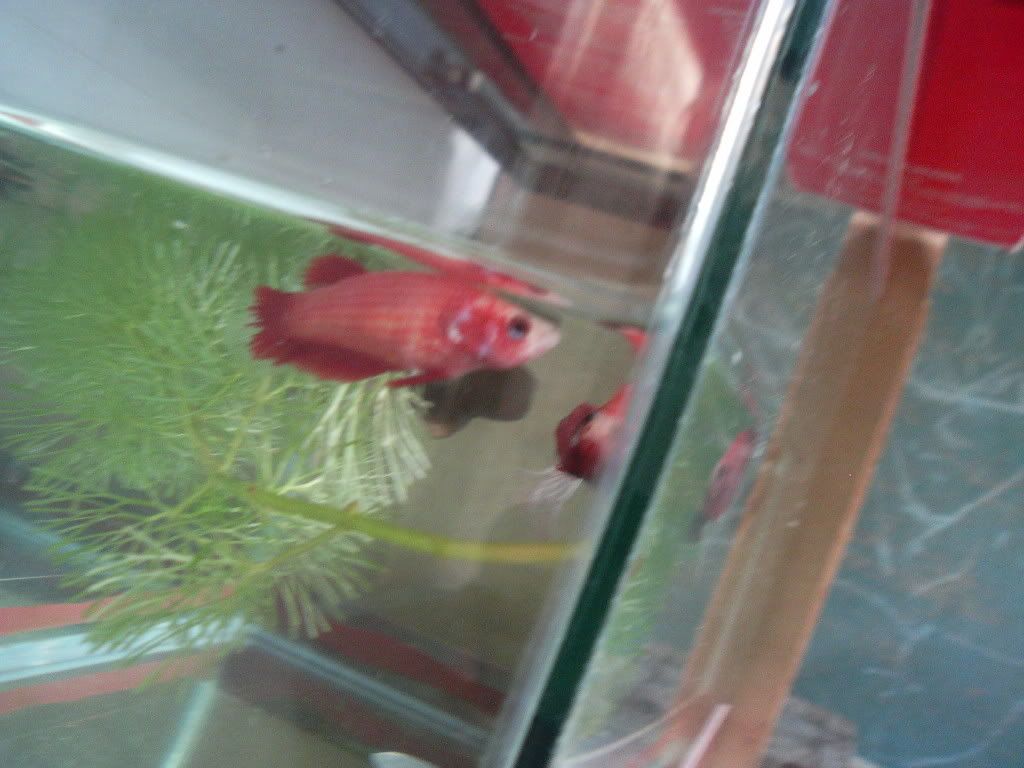
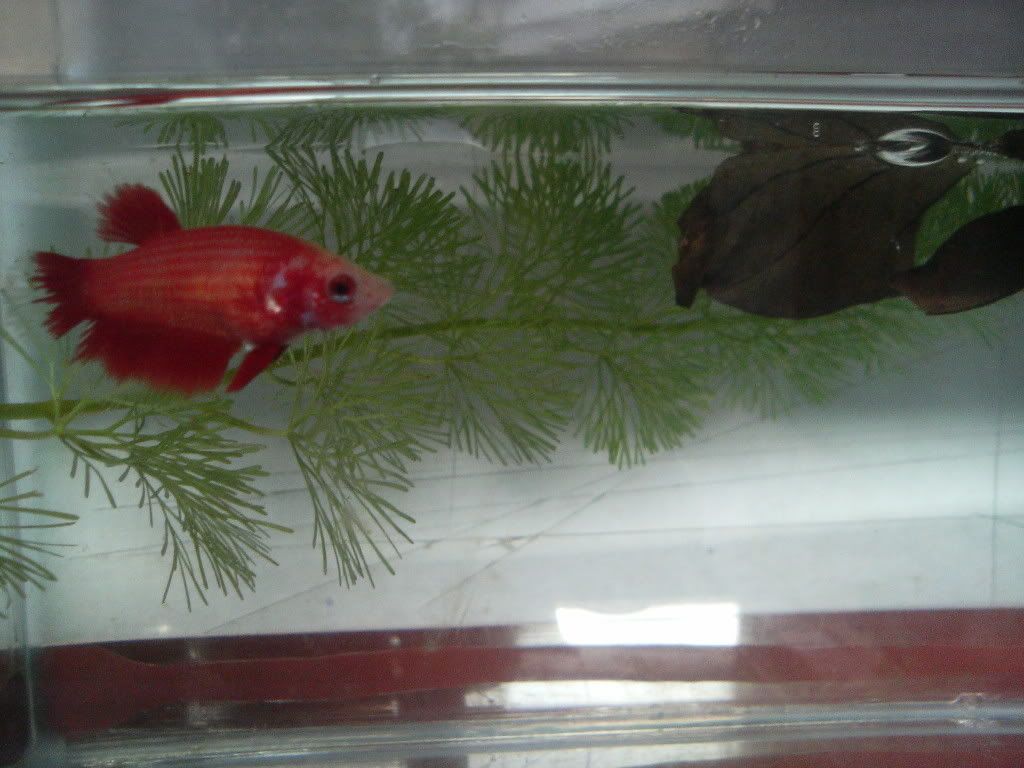
The pair:
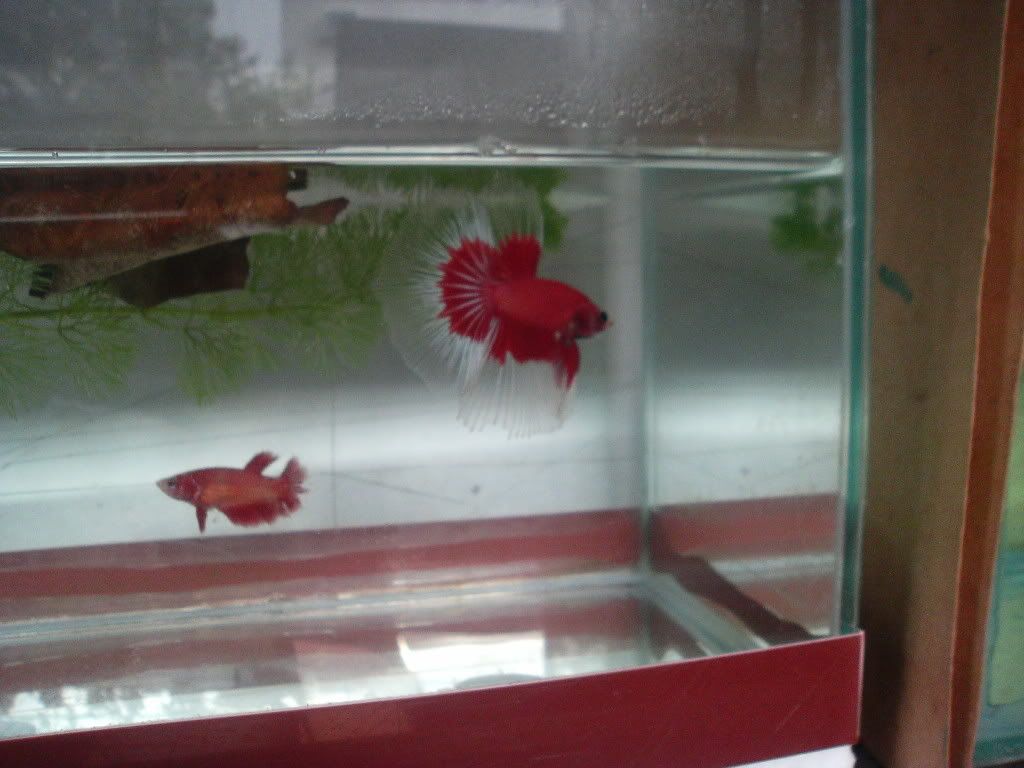
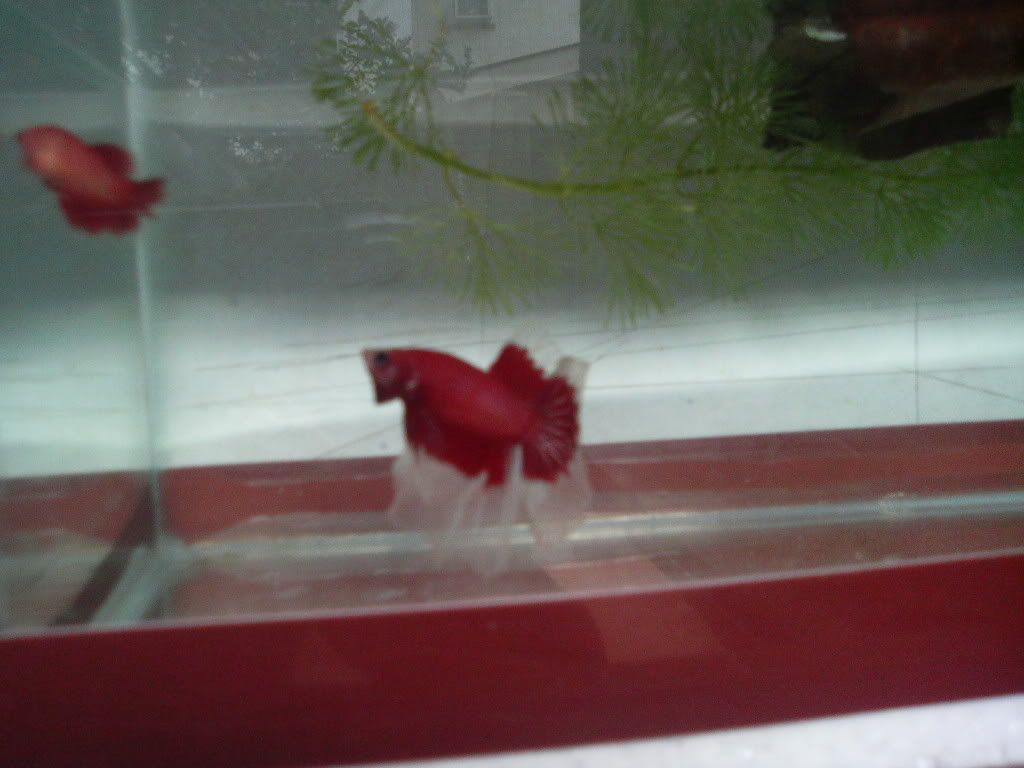
Black Orchid CT Fries (turning 2 months this August 6):
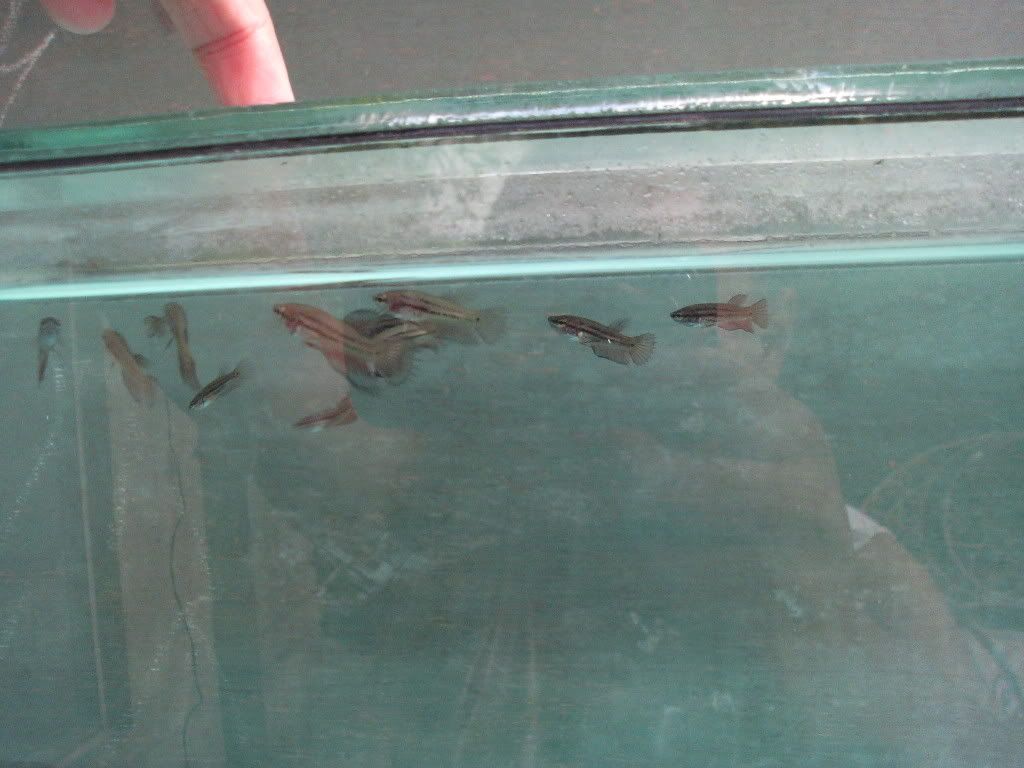
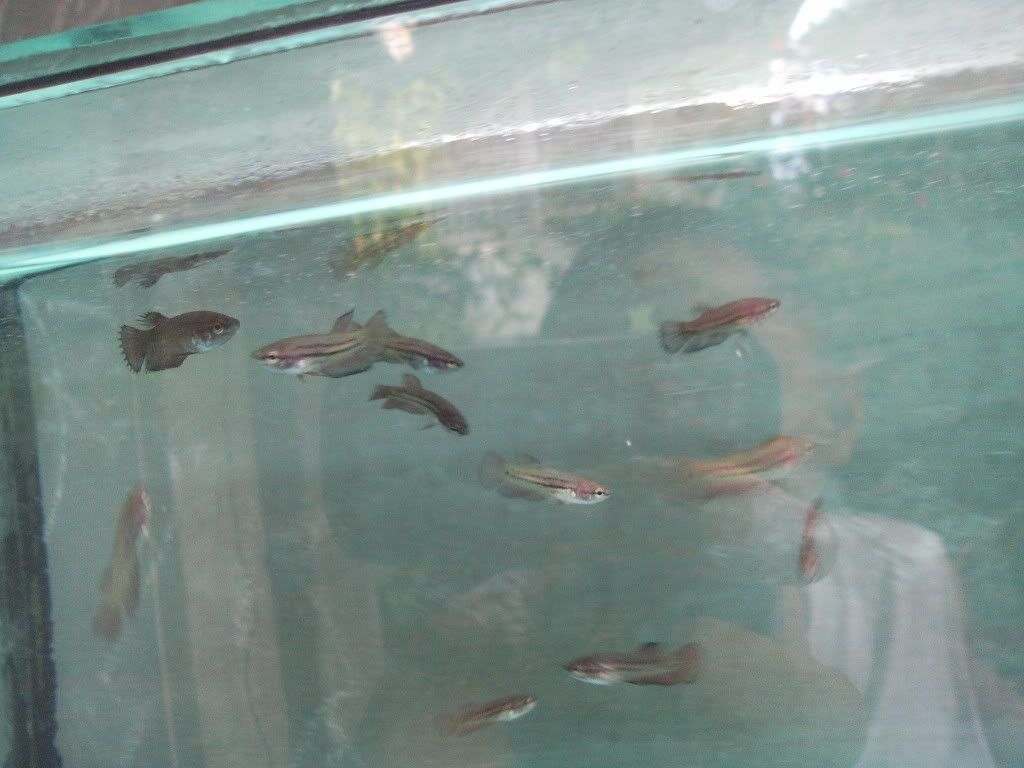
My small Betta Barracks:
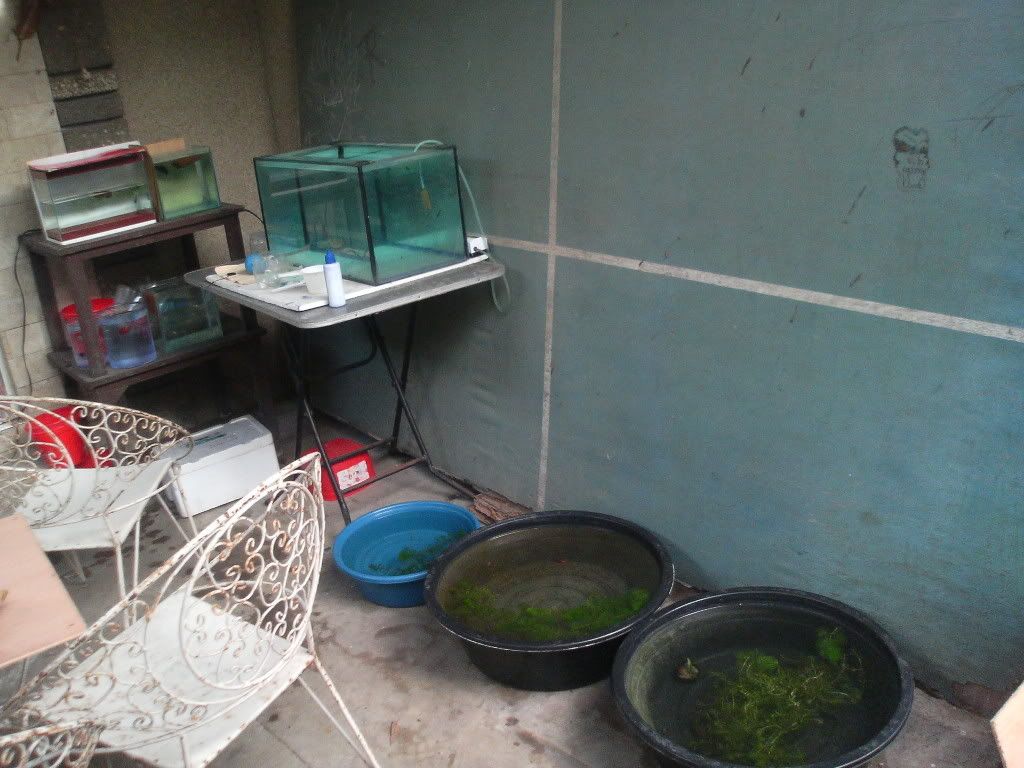
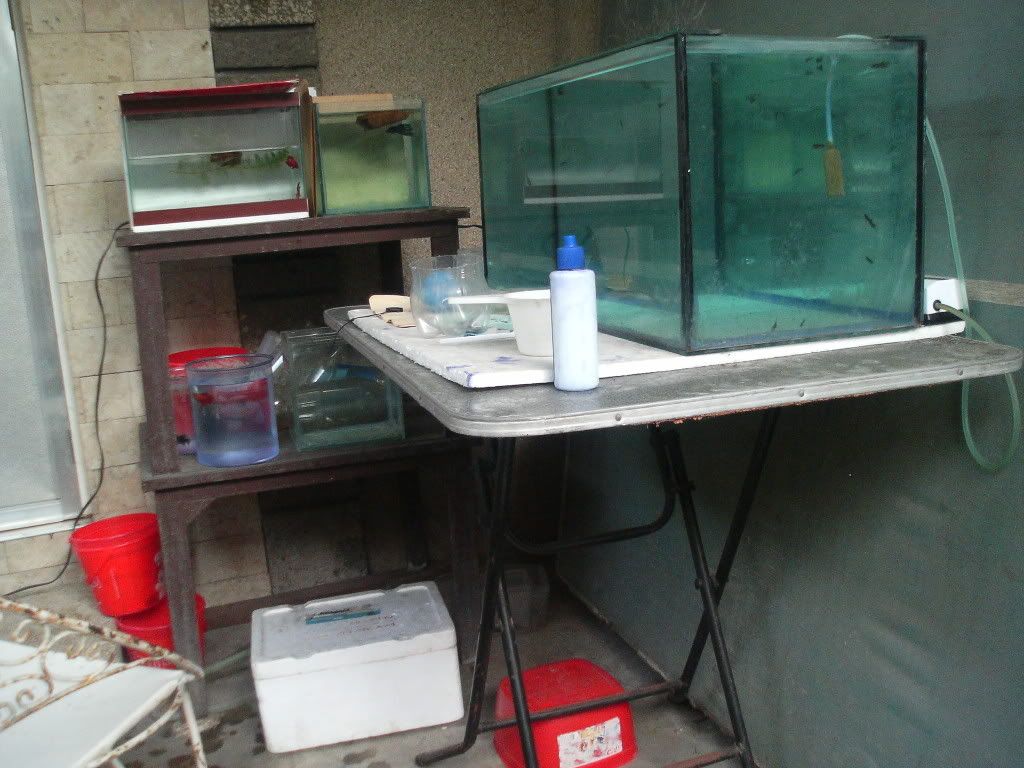
Back-up females:
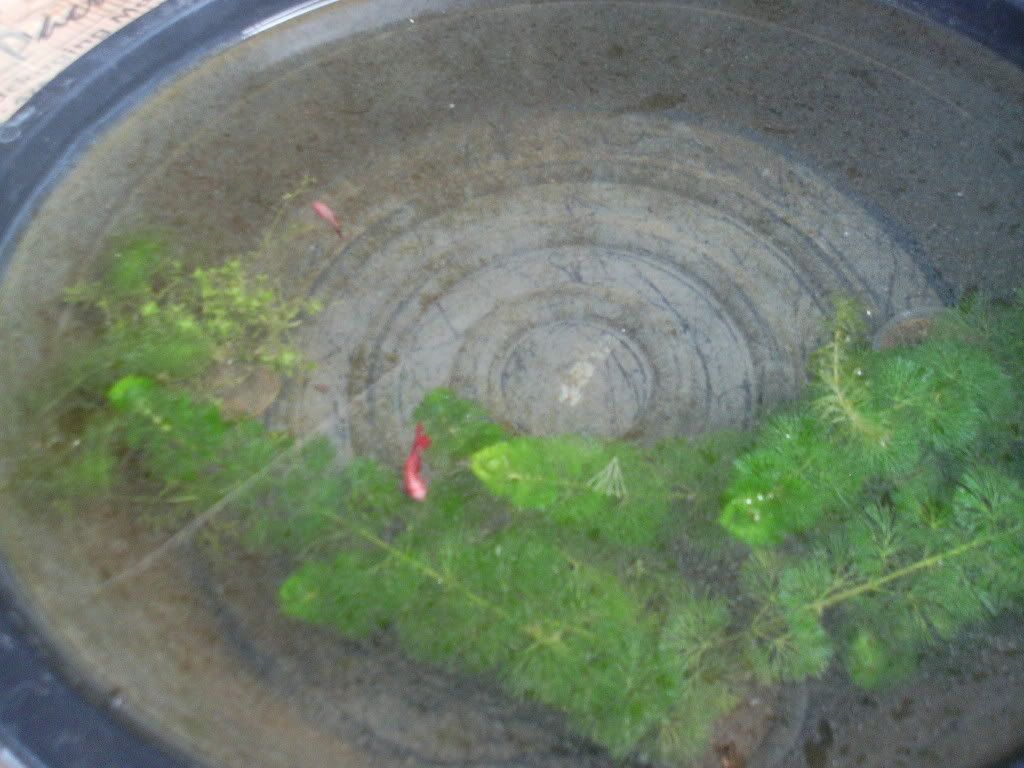
Advertisement
Similar Threads |
|






 Reply With Quote
Reply With Quote
